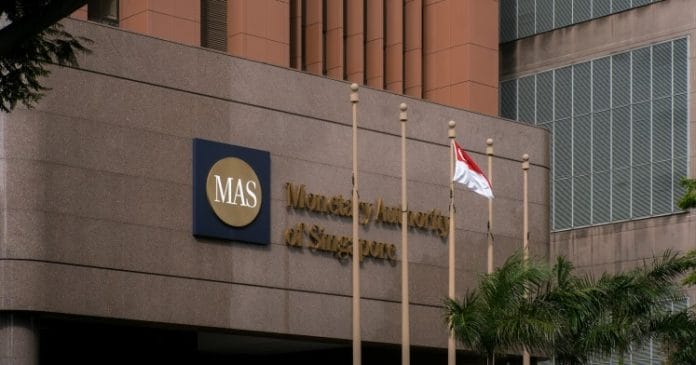Singapore recorded 3.1% inflation for January, a drop from 3.3% the country registered in December, the Monetary Authority of Singapore and the Ministry of Trade and Industry said the decline was driven by lower services and food inflation, notwithstanding the increase in the GST rate from 8% to 9% in January.
Looking ahead, crude oil prices fell in Q4 2023 and are expected to remain at around current levels. Meanwhile, global prices for most food commodities, as well as intermediate and final manufactured goods, have continued to decline. Inflation for services associated with overseas leisure travel should continue moderating over the course of this year as supply conditions in international hospitality industries improve. These factors, alongside the stronger S$ trade-weighted exchange rate, should continue to temper Singapore’s imported inflation in the quarters ahead.
On the domestic front, increases in unit labour costs have slowed in tandem with the cooling labour market. Nonetheless, businesses are still likely to continue passing through higher labour and other business costs to consumer prices at a gradual pace. MAS said core inflation is expected to pick up in February, reflecting the effects of the Lunar New Year.
Thereafter, core inflation should resume a gradual moderating trend over the rest of the year as import cost pressures continue to decline and tightness in the domestic labour market eases.
Amid the larger projected COE supply this year, private transport inflation is expected to be lower compared to last year. Accommodation inflation should also continue to ease as the supply of housing units available for rental increases over the course of the year.
For 2024 as a whole, MAS said both headline and core inflation are projected to average 2.5–3.5%. Excluding the transitory effects of the 1%-point increase in the GST rate to 9%, headline and core inflation are expected to come in at 1.5–2.5%.
Upside risks to inflation remain, including from fresh shocks to global energy and shipping costs due to geopolitical conflicts, higher food commodity prices from adverse weather events, as well as more persistent-than-expected tightness in the domestic labour market. Conversely, an unexpected weakening in the global economy could induce a faster easing of cost and price pressures.









